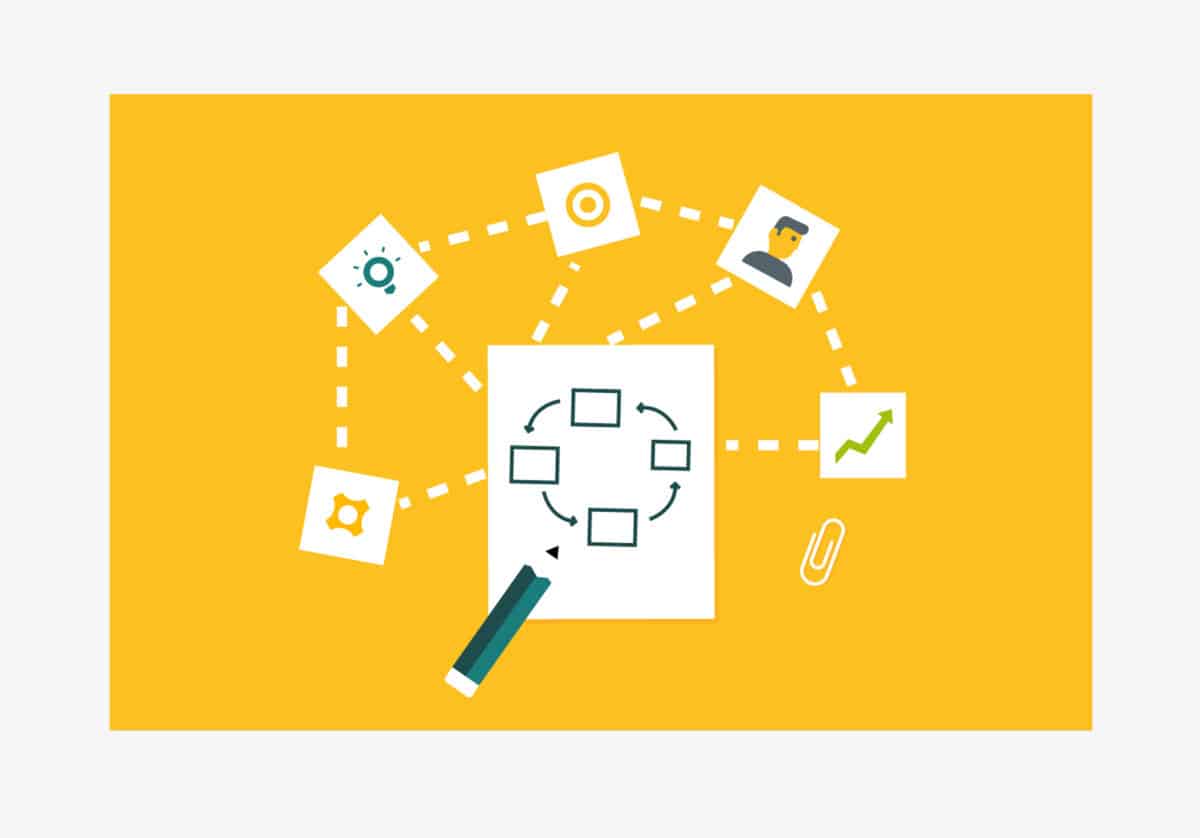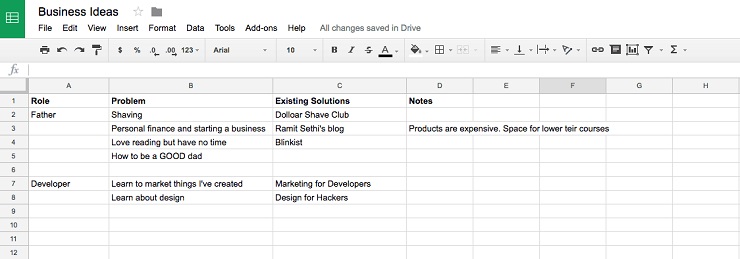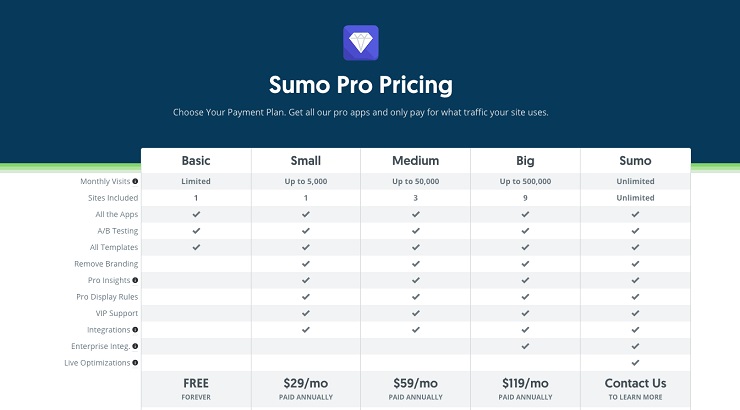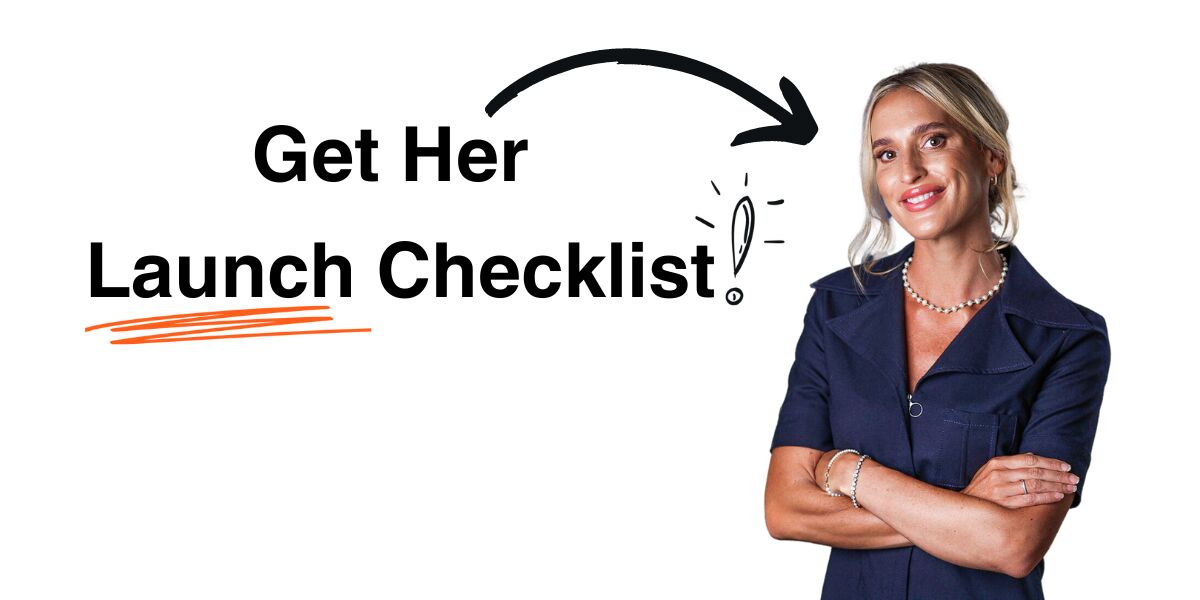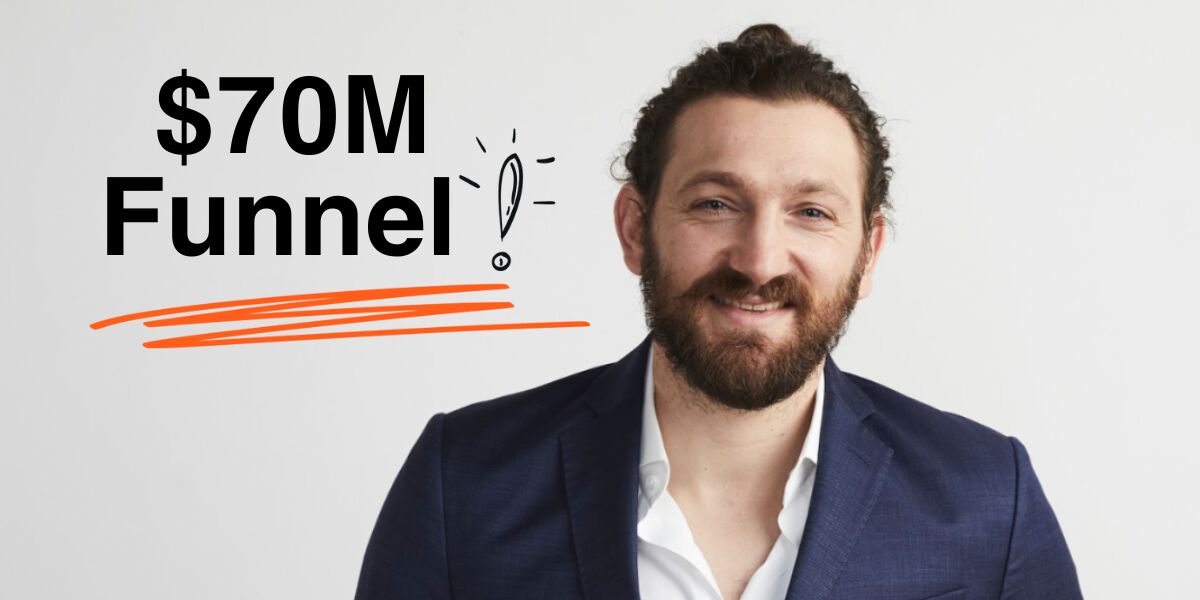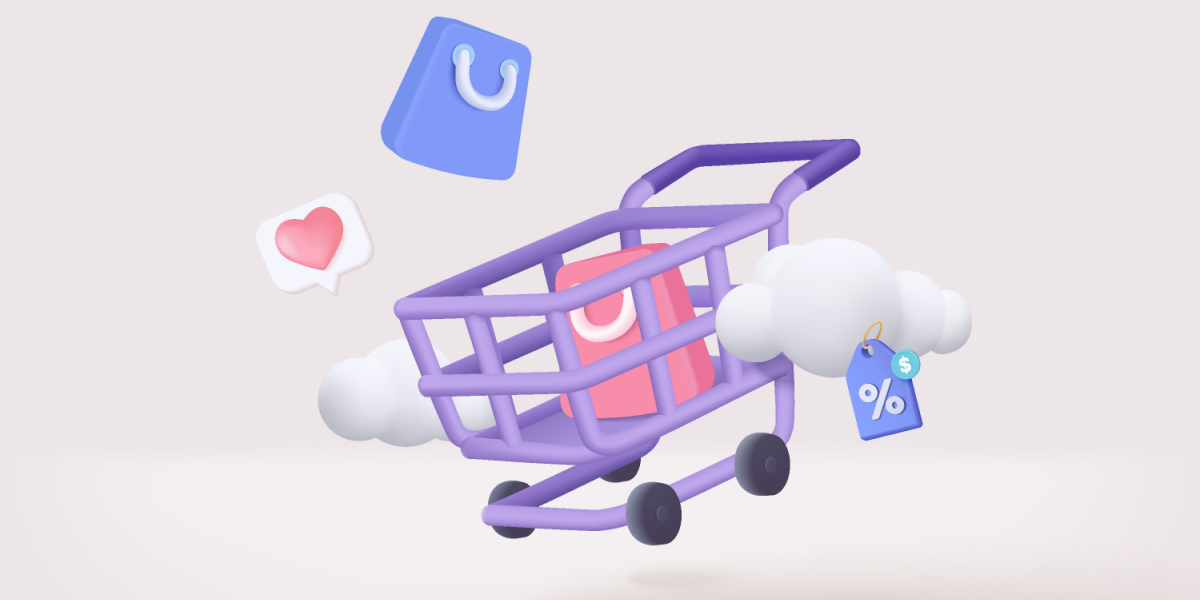Before starting Sumo, I had created many other startups. You’ve probably never heard of them, because every single one failed. These ventures buried me in $100,000 of debt that took me 10 years to repay. Yes, I essentially bet my life on my businesses, and it cost me.
We’ve all heard stories like this. Maybe you have a friend who started a business and went into serious debt like me. Or an uncle who let his business destroy his marriage. Or a ruined friendship after a partnership didn’t work out.
There are many challenges on the road to business success, challenges that parents and teachers don’t tell us about, mostly because they don’t know any better.
How To Start A Business
That leads to a lot of uncertainty and fear that can lead to huge mistakes that could eventually ruin your venture in a kind of self-fulfilling prophecy.
I’m not sharing my story of financial woe to scare you. Just to say, I’ve been there, it’s no fun, but I learned a lot of lessons in the process.
And I’m telling you now, you don’t need to do the same. Starting and growing Sumo taught me a lot about entrepreneurship. And in this article, I’m going to show you what I’ve learned about starting a business the hard way, and how you can do it without experiencing the same hardships I did. I’ll cover:
- Proven techniques to come up with great business ideas
- How to validate your business ideas before spending a dime
- Four ways to scale your business with maximum return and lowest risk
- How to NOT fail in business
The idea that you might fail is a scary one, but there are smart ways to curb that risk, and overcome your fear.
To Find a Surefire Business Idea, Solve a Real Problem
The first step to starting a business is to come up with a good business idea. Often, this is the most difficult step to take, which is why so many people never start their own businesses.
There are many, many articles on the internet written by experts on this topic. And yet, I bet you are still confused about how to actually do this right.
A lot of this process actually starts before the idea stage, at the point when you’re first motivated to start a business in the first place. Many entrepreneurs decide to start businesses because it’s a popular trend, or they think it’s a quick way to get rich, or maybe they even want to change the world.
These mindsets are just distractions from the most important reason to start a business: Creating a solution to a problem. As a result, people end up creating things no one wants. Such businesses fail, and worse, they either lose investor money or rack up a bunch of debt.
Remember: Mark Zuckerberg started “The Facebook” as a hobby.
I’m not encouraging you to start a business based on your hobby, necessarily. In fact, I’m trying to convince you to not start a business at all. Instead, start by building something that solves a problem. Preferably, your own problem. That way, you’ll at least have one customer—you!
Then all you have to do is find people just like you.
How do you know if you have a winning idea? Many first-time entrepreneurs think great ideas happen in a moment of genius. That’s not the case.
Great ideas only come after many bad ideas. Instead of waiting for a good idea to spark, observe your own frustrations in daily life and seek solutions for them. If you can’t find one, create one.
Here is a simple way you can do it right now.
- Create a Google Spreadsheet.
- In the first column, write down every role you have in your everyday life.
- Next, observe and jot down the problems you’re facing in each particular role.
- For most problems, there is already an existing solution. Write them down in the third column. If you want to, purchase these solutions to see how they solve your problem.
- Jot your notes down on the fifth column. Is there an existing solution? If yes, is it helpful? And do people know about it?
Do a brain dump to update your idea spreadsheet every now and then. This simple exercise trains your mind to focus on the existing problems in the market that haven’t been solved effectively yet. You can then share these ideas or fun projects with friends and like-minded people.
At this stage, your ideas are ambitious. But the more you think and talk about them, the clearer they get. Even better, start validating and working on them (which we are going to discuss next).
Focus on Real Transactions to Test Your Business Idea
There are countless things to do as a first-time entrepreneur:
- Developing product
- Fundraising
- PR work
- Hiring
- Learning everything for the first time
It gets overwhelming at times. And no one is there to tell you what should be your priority. At the end of the day, many entrepreneurs spend their time and money building a beautiful website, shaping the business culture, and creating a mission statement.
These are important duties, but they shouldn’t be your main priorities. Instead, focus 80% of your energy and time on making real transactions, a.k.a, making sales.
Jeff Bezos is passionate about his vision of Amazon. He spends lots of time shaping the company culture. And he definitely works hard to provide top-notch service to his customers.
However, Jeff Bezos did not start Amazon because he loved shipping books. He started Amazon because he recognized the rapid growth of the internet as a business opportunity. Bezos did not go out seeking funding with a half-baked idea. He built a site and started a business, with real transactions, starting on day one.
But Chad, I don’t even have a product yet. How do I make a sale?
Pre-sell Your Product
You don’t even need a product to start selling. You can pre-sell your ideas with a landing page or a short video that explains how it solves a problem.
Here is how do it:
- Research and collect a list of prospective customers for your product. You can start with your friends and family if they have a similar frustration as you.
- Set up a payment channel to accept payment. You can use PayPal or Stripe.
- Record a short video of yourself talking about the solution. Talk about how your product or service can help the viewer and focus on creating an image of the desired end results in their mind.
- Clearly define when will your product be ready. And include a reason why they should get it now instead of later. It could be a discount or a special bonus.
- Spread your video and send them your payment info if they are interested.
- Deliver your promise.
This is an excellent way to validate your business idea before you even spend a single dime on anything. If no one is interested, don’t do it.
Start with a Minimum Viable Product (MVP)
A minimum viable product is a technique widely used in the startup scene. It was popularized by Eric Ries in his book The Lean Startup. In Reis’s words, an MVP is: “The version of a new product which allows a team to collect the maximum amount of validated learning about customers with the least effort.”
In other words, it’s the simplest and barest version of a product that focuses on its core functionalities. Some examples would be:
- Online course: focus on the essential materials before adding more case studies and interviews.
- Web app: build the core features before adding fluff that may confuse the users.
- Blogs or publications: Get to know your target audience and create specific content just for them.
An MVP is not a final product. It’s a hypothesis that allows you collect feedback from actual users or customers. This prevents you from spending too much time and money on developing products that no one wants.
A great example is how Pieter Levels built NomadList. He started by identifying a problem for a specific audience—digital nomad (he is one himself). He then created an MVP using Google Sheets (see image above). That simple spreadsheet has grown into the biggest site for digital nomads.
He also started making money before he had a solid business model. How did he do that? Getting sponsors for his site. (You can read NomadList’s full story here.)
The key is to focus on the fundamentals and always be creative.
4 Ways to Scale Your Business With Minimal Risk
When expanding your business, you need to figure out what your current position is, and then create a plan to progressively expand.
Elon Musk didn’t go straight to producing mass-market vehicles 10 years ago. Instead, he focused on a low-volume car that targeted only the upper-class market. Why? Because he knew he didn’t have enough cash to go into mass production, and he needed a way to bring in revenue.
By focusing on low-volume products, Tesla gets to bring in solid revenue with smaller production. They then use the cash to produce medium-volume vehicles. And then use the revenue again to produce high-volume cars. You can read more about this in Tesla’s masterplan.
As I mentioned before, many first-time entrepreneurs fail to focus on generating revenue for their businesses. Even if they do, some of them fail to build long-term progressive plans for their businesses.
When it comes to scaling your business, you want to maximize the return on the least investment. There are four ways to do it:
Same Audience, Same Product.
You should always start by investing your energy and resources into your existing products and current customers. This means two things:
- Get better at serving your existing customers by improving your product or services to better meet their needs.
- Get better at marketing your current product to the target audience that hasn’t heard of you yet.
One of the many strategies in this area is to take your customer growth into account. At Sumo, we’ve created multiple plans for our customers based on their size. With this in place, we get to serve our customers even if they grow beyond their current size.
Here, our customers have the same problem and they need the same solution, but at a larger scale and with better stability. This strategy is widely used in digital products, but what if you’re running a traditional business?
Take MistoBox, a coffee bean subscription service. They too focus on serving their existing customers better by curating high-quality coffee beans from a wide range of roasters. At the same time, they created a number of coffee brewing guides, which educate their customers and act as a content marketing channel to attract more customers.
New Audience, Same Product.
The cheapest way to expand your market reach is to repackage the same product for a new audience. Active Campaign does this well by creating tailored landing pages for each group of its audience.
All customers at Active Campaign need one common solution: An email marketing tool. However, they have different needs depending on how they want to use the tool itself. They may even describe their problems differently.
Creating a specific marketing message for a focused pocket of people helps you talk to them directly. It makes your business get heard more easily and helps open up a new market that you may never have thought about.
Same Audience, New Product
Next, look out for ways to create new products for your existing customers. A great example is how Tesla launched solar roof and power storage that targeted their existing customers, Tesla car owners. To do this, study your current customers to identify what else they need.
New Audience, New Product.
This is the final stage, where you create new products for a new market with your existing resources. However, building a new product from scratch is time consuming.
To accomplish this, many large enterprises acquire existing companies. One great example is how Amazon acquired Whole Foods to participate in the retail grocery market.
Why Most Businesses Fail
When all’s said and done, it’s still the case that 50% of all new businesses fail within a year, while only 5% survive after five years. The numbers are not encouraging.
That leaves us with a pressing question: Why do most businesses fail?
The truth: A business fails when the owner gives up.
Theoretically, if you never give up, your business won’t fail. This is why many investors are favoring crazy founders instead of rational ones. The truth is, “Not Giving Up” is easier said than done.
One would need almost unlimited resources—time, energy, money—to stay in the market without making any revenue. In reality, you and I are not the people who can do this. So you don’t want to bet everything you have on your business, only to find out that it doesn’t work.
We need a better solution to compensate for our lack of resources, and that solution is to minimize the risks that come with starting a business—to reduce the chances that you’ll find yourself running on fumes and having to decide whether it’s time to give up.
In my experience, the things I’ve covered in this article will allow you to do just that:
- Don’t start a business, start building things that solve a problem.
- Make real sales and transactions starting on day one.
- Know the position your business is in, then progressively move forward.
By minimizing the risks that come with starting a business, you maximize the potential for returns many times over. When you alter this ratio, you’ll have steady and almost unlimited resources to run and grow your business. You’ll never have to face that “Do I have to give up?” moment.
Something for you to really think about: What stage is your business at right now? How much risk are you taking? And how can you minimize the risks and maximize your returns?
